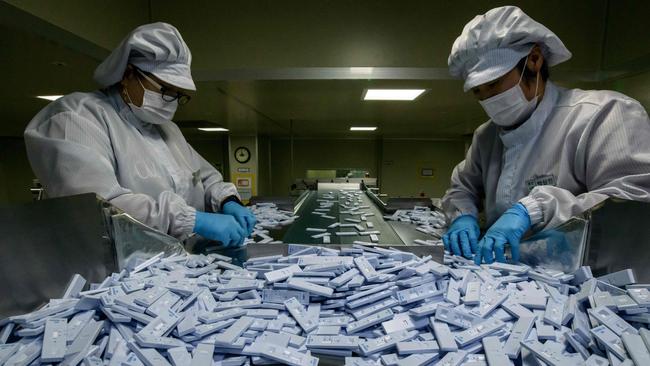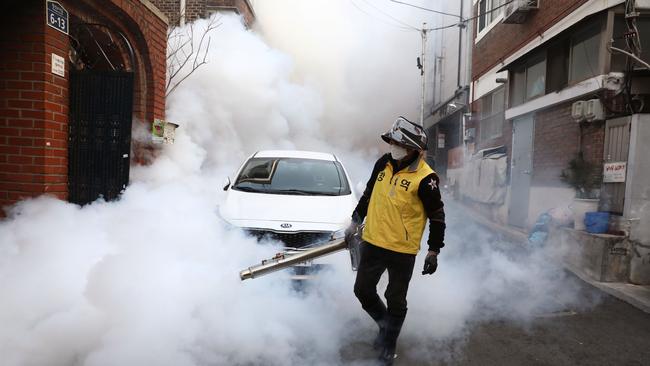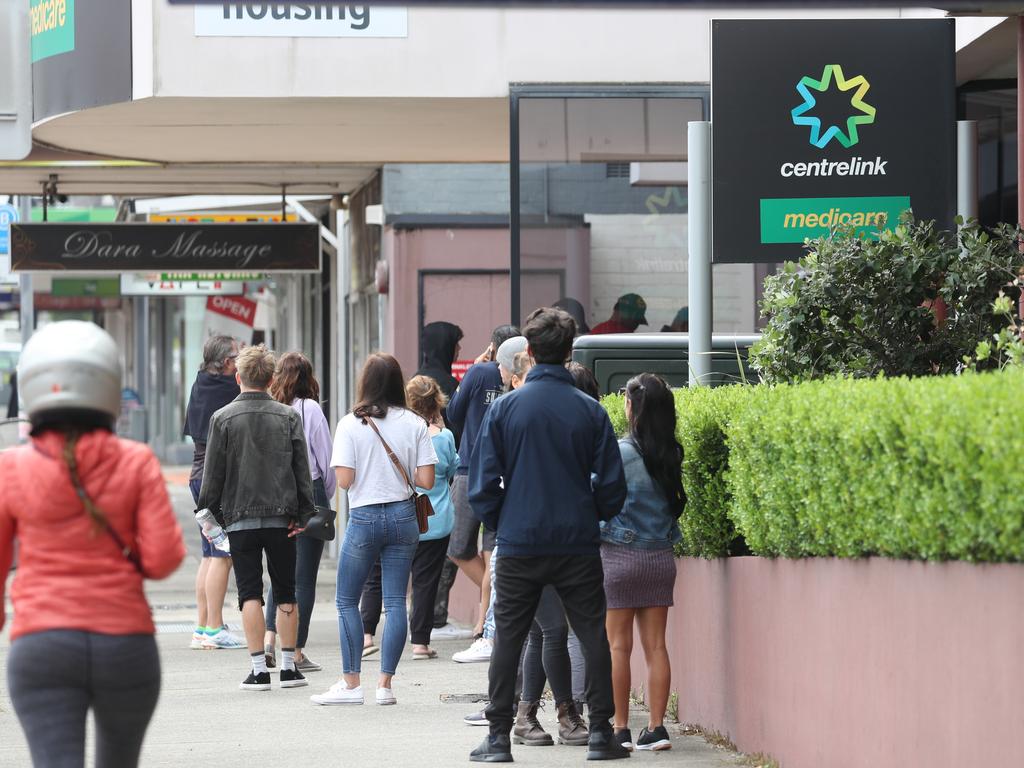Coronavirus: Seoul success lights the path to a third way against COVID-19
South Korea’s handling of virus is a stunning rebuke to those who say the only options are a full shutdown or herd immunity.

One month after it was ravaged by COVID-19, life is impressively normal in South Korea. People are out in bars in Seoul, K-pop boy band BTS tops the album charts and old male bosses are ordering employees to get back to the office.
The democracy — which has a population of 56 million, just over twice Australia’s — is a stunning refutation to those who claim countries have two coronavirus options: a full shutdown or herd immunity.
East Asian countries, including South Korea, Taiwan and China, along with Singapore in Southeast Asia, are demonstrating that there is a third way. Three of them are doing it without deploying the People’s Liberation Army.
“You have to get it under control. Then you decide what you can run. It’s the middle course,” says Jane Halton, a former federal health secretary and current blue chip company director, who has joined the Morrison government’s national COVID-19 commission.

This alternative to six months of “hibernation” requires disciplined government, a responsive population and a creative response by business and institutions. And it is only possible once the fast spreading coronavirus has been largely contained, still a work in progress in Australia, where cases are increasing at about 10 per cent a day.
South Korean offers some early answers to a question consuming healthcare experts, such as Halton: “What does the new normal look like?”
Its mostly open economy is possible because of the impressive regime the country has set up to detect the virus, isolate cases and prevent the rapid spread, which has been so deadly in Hubei, Italy and Spain.
“You look out on the street and it’s busy. People still are being cautious, but you wouldn’t think there was a pandemic going on,” says Rowan Petz, the executive director of the Australian Chamber of Commerce in Korea.
Aside from karaoke bars, big nightclubs and gyms, most businesses are open, although restaurants are quiet, hotels even more so.
Mr Petz says South Korea’s preventive measures are everywhere: the ubiquitous facemasks (“99 per cent of people wear them”) and hand sanitiser (“on buses, everywhere”), temperature screening at all buildings (“they just wheeled the machines out and switched them on”) and phone alerts from local government reiterating health advice and giving updates on new infections (“I get up to 10 messages a day”).
Underlying it all is the seriousness of a population that has lived through other deadly infectious diseases, including the severe acute respiratory syndrome and the Middle East respiratory syndrome.
“This is a big wake-up call. There is a lot Australia could learn from the way Korea has handled this current crisis,’” said Mr Petz, who returned to Seoul from Melbourne two weeks ago.

Australia has already learned some of South Korea’s key coronavirus lessons. It has copied its drive-through testing centres that quickly identify infections while protecting hospital staff.
Hotels are being used to isolate Australians who have returned from overseas for 14 days, a more primitive but similar approach to that in South Korea, where all international arrivals must download a phone app that allows the government to track their fortnight of home isolation.
States and territories in Australia have identified and are preparing makeshift treatment sites similar to those South Korea has used to isolate patients and keep hospital beds free for those with critical symptoms.
A rise in coronavirus infections from overseas university students returning to South Korea mean schools are unlikely to return next week, as the government had hoped. Education officials are preparing online alternatives.
An increasing concern for South Korea’s big industrial giants is the situation overseas, which has forced them to temporarily close plants in Italy, Brazil and the US.
Another concern for many of the country’s famously conservative, male bosses is ending remote working. “My company’s executives and board members seem to still prefer working on site. They recently began to express concerns about employees’ work ethic and output,” a Seoul-based woman told The Korea Herald.
Even the pop juggernaut BTS has not entirely escaped COVID-19, last week telling fans their upcoming Map of the Soul tour of North America has been postponed.








To join the conversation, please log in. Don't have an account? Register
Join the conversation, you are commenting as Logout